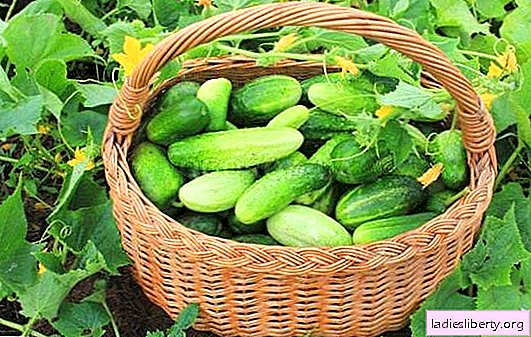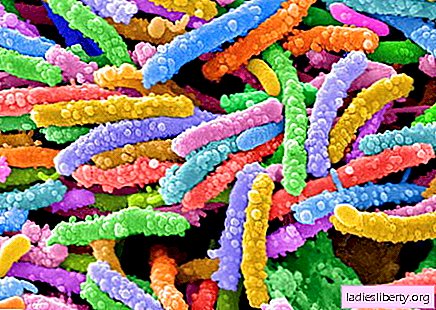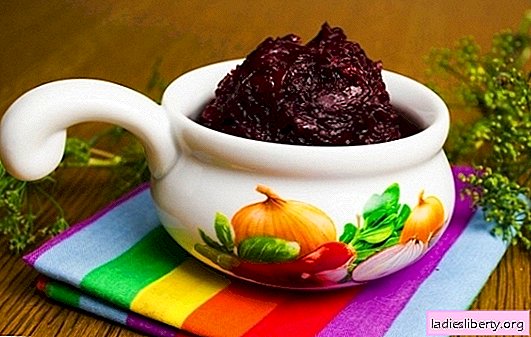
People choose productive varieties of cucumbers, following the set of requirements important for the climatic conditions of their region and the need for products. One needs the earliest fresh cucumbers, for this reason only the early varieties are suitable for them. Others need a taste of vegetables, for others, long-term fruiting.
What is needed for a grand crop of cucumbers?
To get a good harvest, how external conditions affect the plants, do not forget to take them into account when caring for the vine.
Heat. Low temperatures are extremely harmful to cucumbers, they cause especially great damage to seedlings. When the temperature drops to 15 degrees, the development of cucumbers practically stops, and they can even die. For this reason, it is not worth sowing seeds too early. The most suitable time for planting in the garden, the second decade of May - the first decade of June, and when sowing in a greenhouse or greenhouse, it is better to start sowing in early May.
Plant lighting. A site well lit by the sun is a great choice for creating a bed with cucumber vines. In extreme cases, a small partial shade is allowed. Otherwise, the side lashes of the plant will linger in development, and you can get the crop much later. For the same reason, you can not plant cucumbers too thickly. The free space between individual plants is at least 20 cm.
Moisture. This culture came to us from the humid jungle, and cucumber plants like to “drink” a lot, it is of great importance during the growth of shoots and after the fruiting begins. Lack of moisture will cause a significant deterioration in the taste and quality of greens, for example, they can become bitter. Watering plants need settled, warm water.
Fertilizer plot. The richest is harvested on those beds where a lot of organic fertilizers were applied in advance - cow manure, good humus. After this, beds with cucumbers, additional feeding is desirable, but not necessary.
In addition to these points, a very important factor is the correct choice of cucumber variety.
How to choose the seeds of productive varieties of cucumbers
The selection of suitable crop varieties of cucumbers for sowing in your garden is performed considering:
1. Salad varieties. To prepare fresh salads from cucumbers, you need to buy seeds of salad varieties, with a strong aroma and pleasant taste. The fruits of such plants for winter harvesting can not be used. Under the influence of acids used for preservation, and from high temperature they become tasteless and soft;
2. Varieties for winter harvesting. If you want to use cucumbers for canning, then choose the varieties suitable for this. They in banks will remain crispy, dense and will not begin to fall apart after heating;
3. Climatic features of the region. The farther north you live, the more closely you need to choose a variety of cucumbers. Cucumbers intended for the south simply do not have enough time for the formation of a good harvest for a short northern summer, and varieties capable of developing in a cold climate are guaranteed to bring you a crop. Of course, there are varieties that can adapt to certain conditions, but they are very few;
4. A place for sowing seeds. There are 2 options - sowing or in a greenhouse. To get vegetables without additional shelter, almost any variety can be sown, and for greenhouses you need to buy parthenacarpic or self-pollinated hybrids.
For plants of foreign selection, you need to find a place in the greenhouse. It will be a pity to spend time and money in vain on plants that usually produce a small crop in a garden or die. Varieties of cucumbers are also divided into hybrid and varietal, some people believe that more fruits can be removed from hybrids. But they are unsuitable for obtaining their own seeds, because in hybrids maternal characteristics are lost.
Harvest varieties of cucumbers
Pinocchio F1. The growing season is 44-46 days, it is a hybrid with a female type of flowering. It can be grown on ordinary beds or under temporary shelters. The hybrid perfectly tolerates cooling, forms many ovaries collected in bouquets, they contain up to 6 fruits. Zelenets of this variety is a dark green fruit with large tubercles, grows up to 8-9 cm in length, weight about 100 gr.
White night F1. An early hybrid, it is planted under temporary shelters and in an ordinary garden bed. The first cucumbers can be plucked after 42-44 days. The plant is branched, with many female flowers. Zelentsy are short, cylindrical, practically do not turn yellow before ripening, 8-9 cm in length, weight 80-120 gr.
Noble F1. A bee-pollinated hybrid bears fruit in 46-48 days. Planted under temporary shelters and in a simple garden. Plants with many female inflorescences. Zelentsy - small light green cylindrical fruits, 10-13 cm long, weight 100-110 gr. This hybrid resists many major diseases well.
Fortress F1. Bee pollinated, early hybrid, the first fruits can be plucked after 43-45 days. They are grown mainly on ordinary beds. Short oval fruits, with small tubercles, weight 70-100 gr.
Emelya F1. One of the varieties for greenhouses, an early hybrid, greens appear in 40-42 days. A tall plant, the bush is well-branched, with many female inflorescences. Green spindle-shaped zelenets, weight up to 120-150 gr. It is resistant against olive blotch and cucumber mosaic, immune to root rot.
Dasha F1. Highly productive bee pollinated hybrid, grown under temporary shelters and in simple beds. The first greenbacks appear after 36-46 days, the fruits are dark green, small in size, with a white fluff. Weight is about 85-115 gr., Grow up to 10 cm long. Plants well resist powdery mildew, resistant to bacteriosis.
Summer resident F1. An early hybrid designed for sowing under temporary shelters and on ordinary beds. The first fruits can be picked in 43-45 days, a medium-sized plant, branched, forms mainly female inflorescences. The weight of the fruit is about 70-90 gr.
Viva F1. Mid-early hybrid, for sowing in temporary shelters and on a normal bed. The first fruits appear after 46-55 days, the bushes are branched, tall, mainly form female inflorescences. Zelentsy cylindrical, with small tubercles, grow up to 9-10 cm in length.
Cellar F1. An early bee-pollinated hybrid until the first fruits are obtained for 43-48 days, mainly forms female inflorescences. Grown under temporary shelters. Zelenets with large tubercles, up to 9-11 cm long, weight about 90-1-gr. It resists most cucumber diseases.
The growing season of this thermophilic culture is less than that of other "garden residents". The wet and warm start of summer is quickly replaced by an arid and hot period, for this reason, in order to get a good harvest, you need to have time to get the fruits before the plants begin to die under the scorching rays.
If there is a stationary greenhouse, then many factors can be controlled and changed, and on ordinary beds it all depends on weather conditions. The choice of climate-friendly varieties that suit the conditions of your region will help to prevent undesirable developments.











